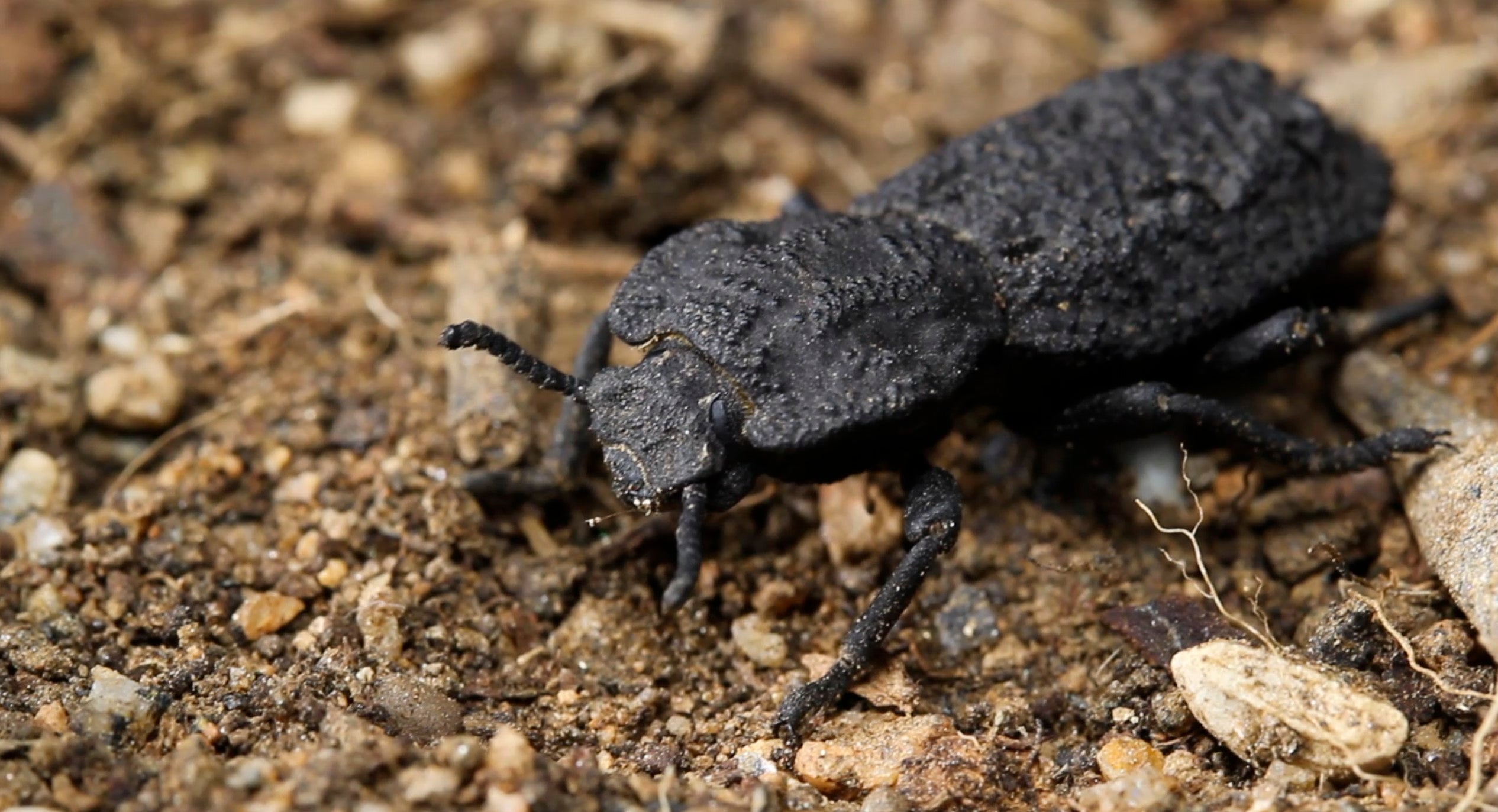Can't crush this: Beetle armor gives clues to tougher planes
Scientists say the armor of a seemingly indestructible beetle offers clues for designing stronger planes and buildings

Your support helps us to tell the story
From reproductive rights to climate change to Big Tech, The Independent is on the ground when the story is developing. Whether it's investigating the financials of Elon Musk's pro-Trump PAC or producing our latest documentary, 'The A Word', which shines a light on the American women fighting for reproductive rights, we know how important it is to parse out the facts from the messaging.
At such a critical moment in US history, we need reporters on the ground. Your donation allows us to keep sending journalists to speak to both sides of the story.
The Independent is trusted by Americans across the entire political spectrum. And unlike many other quality news outlets, we choose not to lock Americans out of our reporting and analysis with paywalls. We believe quality journalism should be available to everyone, paid for by those who can afford it.
Your support makes all the difference.It's a beetle that can withstand bird pecks, animal stomps and even being rolled over by a Toyota Camry. Now scientists are studying what the bug’s crush-resistant shell could teach them about designing stronger planes and buildings.
“This beetle is super tough," said Purdue University civil engineer Pablo Zavattieri, who was among a group of researchers that ran over the insect with a car as part of a new study.
So, how does the seemingly indestructible insect do it? The species — aptly named diabolical ironclad beetle — owes its might to an unusual armor that is layered and pieced together like a jigsaw, according to the study by Zavattieri and his colleagues published in Nature on Wednesday. And its design, they say, could help inspire more durable structures and vehicles.
To understand what gives the inch-long beetle its strength, researchers first tested how much squishing it could take. The species, which can be found in Southern California’s woodlands, withstood compression of about 39,000 times its own weight.
For a 200-pound man, that would be like surviving a 7.8-million-pound crush.
Other local beetle species shattered under one-third as much pressure.
Researchers then used electron microscopes and CT scans to examine the beetle's exoskeleton and figure out what made it so strong.
As is often the case for flightless beetles, the species' elytra — a protective case that normally sheaths wings — had strengthened and toughened over time. Up close , scientists realized this cover also benefited from special, jigsaw-like bindings and a layered architecture.
When compressed, they found the structure fractured slowly instead of snapping all at once.
“When you pull them apart," Zavattieri said, “it doesn’t break catastrophically. It just deforms a little bit. That’s crucial for the beetle.”
It could also be useful for engineers who design aircraft and other vehicles with a variety of materials such as steel, plastic and plaster. Currently, engineers rely on pins, bolts, welding and adhesives to hold everything together. But those techniques can be prone to degrading.
In the structure of the beetle's shell, nature offers an “interesting and elegant" alternative, Zavattieri said.
Because the beetle-inspired design fractures in a gradual and predictable way, cracks could be more reliably inspected for safety, said Po-Yu Chen, an engineer at Taiwan's National Tsing Hua University not involved in the research.
The beetle study is part of an $8 million project funded by the U.S. Air Force to explore how the biology of creatures such as mantis shrimp and bighorn sheep could help develop impact-resistant materials.
“We’re trying to go beyond what nature has done,” said study co-author David Kisailus, a materials scientist and engineer at the University of California, Irvine.
The research is the latest effort to borrow from the natural world to solve human problems, said Brown University evolutionary biologist Colin Donihue, who was not involved in the study. Velcro, for example, was inspired by the hook-like structure of plant burrs. Artificial adhesives took a page from super-clingy gecko feet.
Donihue said endless other traits found in nature could offer insight: “These are adaptations that have evolved over millennia.”
___
Follow Marion Renault on Twitter: @MarionRenault
___
The Associated Press Health and Science Department receives support from the Howard Hughes Medical Institute’s Department of Science Education. The AP is solely responsible for all content.